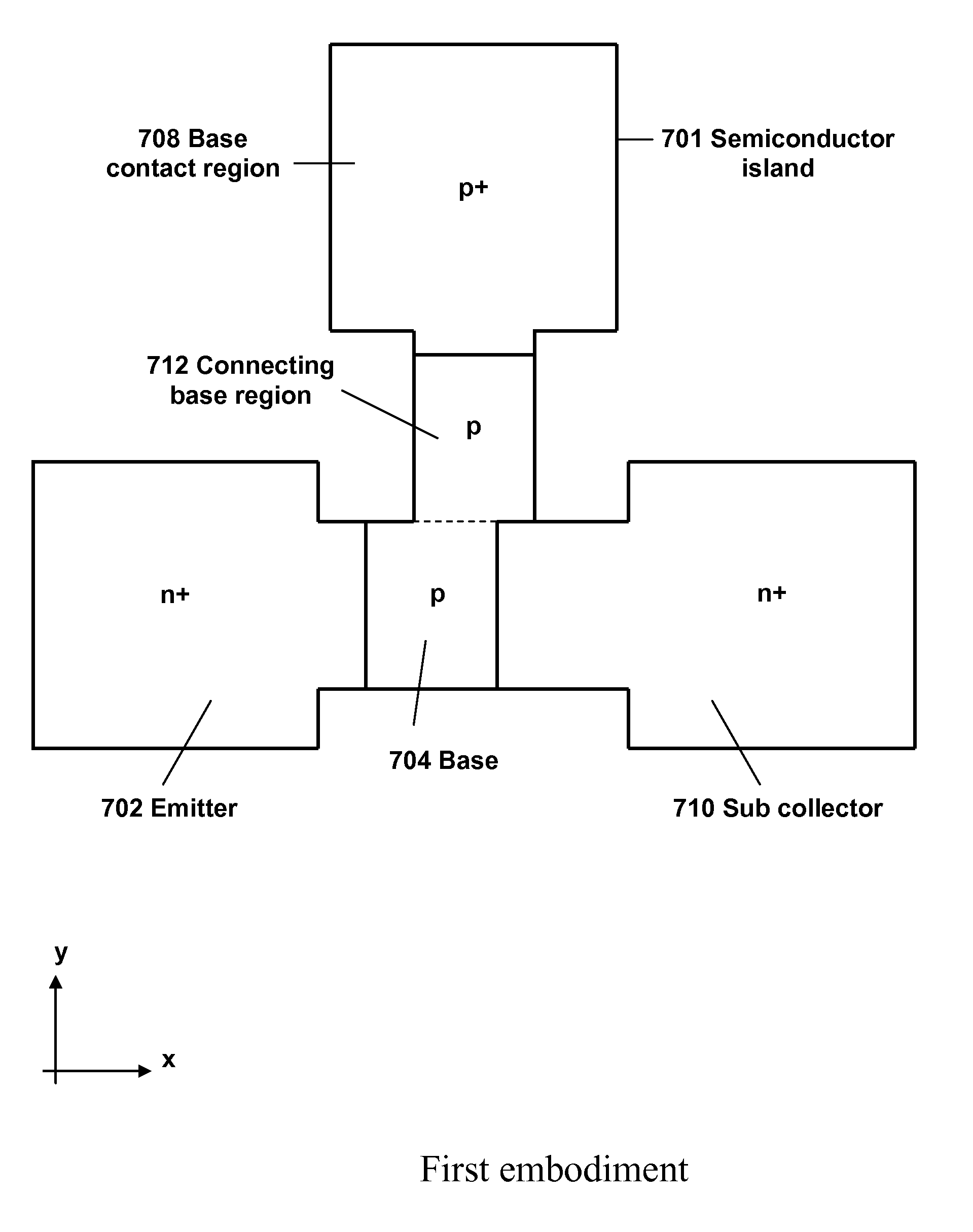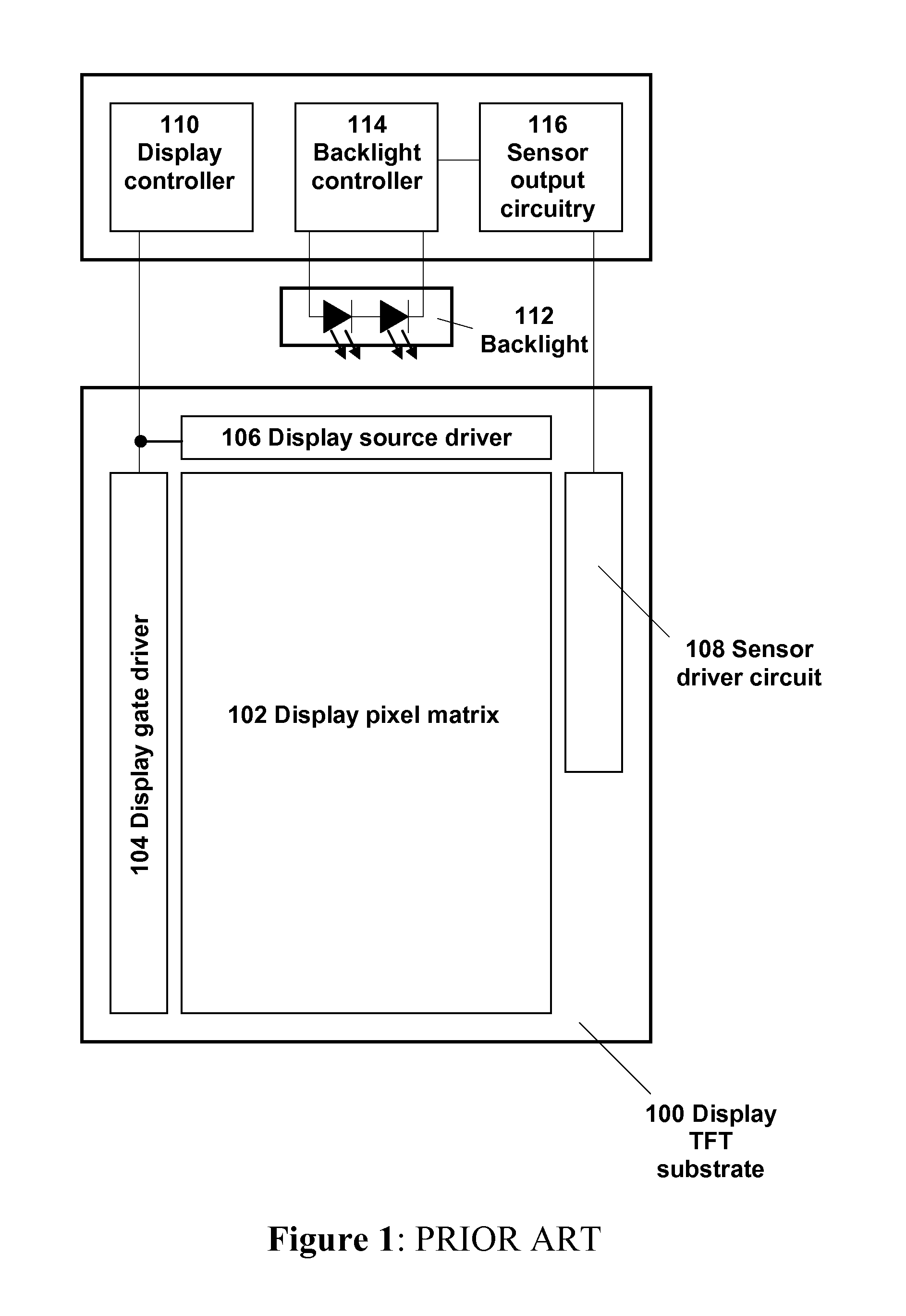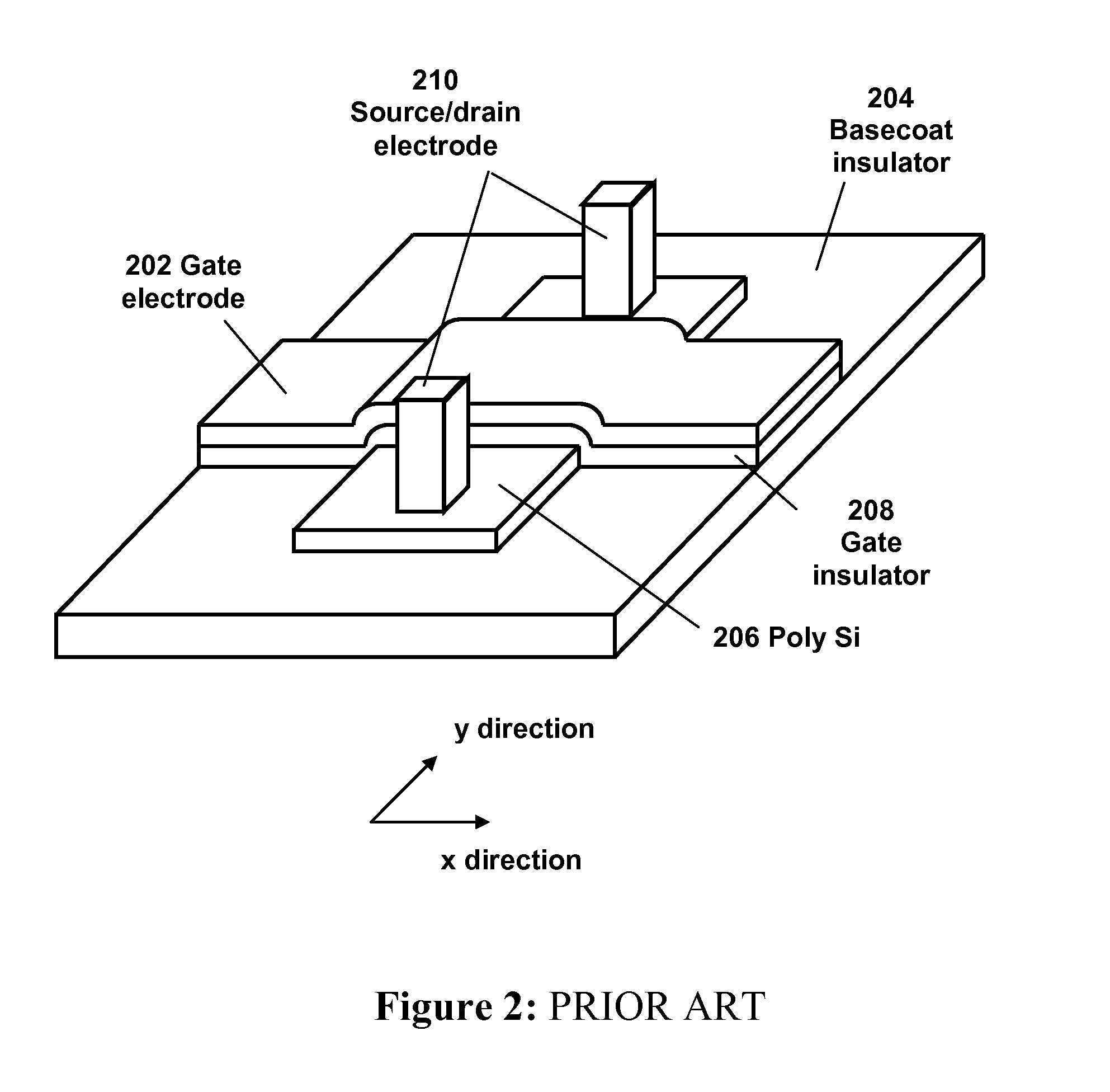Bipolar junction transistor
a bipolar junction transistor and transistor technology, applied in the field of bipolar junction transistors, can solve the problems of unavoidable small alignment errors, limited frequency at which the transistor can be switched between the on and off state, and other problems, to achieve the effect of improving the current gain of the device and reducing the current flow
- Summary
- Abstract
- Description
- Claims
- Application Information
AI Technical Summary
Benefits of technology
Problems solved by technology
Method used
Image
Examples
first embodiment
[0111]the present invention provides a thin film lateral BJT with a single base contact region positioned in such a way as to minimise the current flow from base to emitter.
[0112]FIG. 7 illustrates the embodiment in plan view for the case of an npn BJT, but the invention applies equally to a pnp device. The BJT includes an island 701 of thin film semiconductor (most likely Si: either amorphous, polycrystalline or crystalline) positioned on top of an insulating substrate such as SiO2, SiNx on glass or plastic (not shown).
[0113]The semiconductor island 701 includes an emitter 702, base 704, base contact region 708, sub collector 710 and connecting base region 712. The emitter 702 and sub-collector 710 regions are heavily doped (approximately 1019-1021 cm−3) with a first conductivity type (e.g., n-type) and are separated by the base 704, which is doped with a second conductivity type (e.g., p-type). Typical n-type dopants for Si are arsenic or phosphor. Typical p-type dopants are boron...
third embodiment
[0118]In the invention, the BJT is formed as described in either of the first two embodiments, except that a collector 906 of the first conductivity type is positioned between the base 704 and sub collector 710 as shown in FIG. 9. The doping concentration of the collector 906 is less than that of the emitter 702 and sub collector 710, and may be less than, equal to, or greater than the concentration of either the base 704 or the base contact region(s) 708, 808. The collector 906 is likely to have a concentration in the range 1017-1019 cm−3. The connecting base region(s) 712, 812 contact(s) the base 704 and collector 906, but no longer contact(s) the sub collector 710.
[0119]This embodiment preserves the advantage resulting from the removal of the direct contact between the connecting base region(s) 712, 812 and the emitter 702. In addition, the reduced doping concentration of the collector 906 relative to the sub collector 710 results in reduced electric field strength in the base 70...
fourth embodiment
[0120]FIG. 10 illustrates the invention. In this embodiment, the BJT is formed as described in any of the first three embodiments, but the width of the sub collector 710 or collector 906 (if present) adjacent the base 704 is increased relative to the emitter 702. As will be appreciated, the width of the sub collector / collector and emitter is with reference to the direction perpendicular to the axis between the emitter and sub collector / collector (i.e., along the y-axis in FIG. 10).
[0121]This embodiment retains the advantages of previous embodiments, but the increased width of the collector 906 and / or sub collector 710 reduces the series resistance associated with this / these regions(s). The increased width improves the collection efficiency of charge carriers originating from the emitter 702. This increases the efficiency of the BJT and improves performance.
[0122]The BJT may be fabricated in a manner that is compatible with typical TFT fabrication processes. A thin film of semiconduc...
PUM
 Login to View More
Login to View More Abstract
Description
Claims
Application Information
 Login to View More
Login to View More - R&D
- Intellectual Property
- Life Sciences
- Materials
- Tech Scout
- Unparalleled Data Quality
- Higher Quality Content
- 60% Fewer Hallucinations
Browse by: Latest US Patents, China's latest patents, Technical Efficacy Thesaurus, Application Domain, Technology Topic, Popular Technical Reports.
© 2025 PatSnap. All rights reserved.Legal|Privacy policy|Modern Slavery Act Transparency Statement|Sitemap|About US| Contact US: help@patsnap.com



